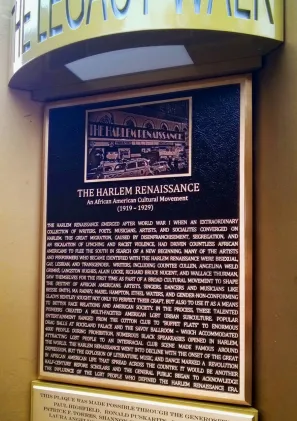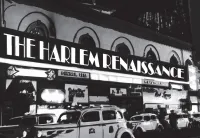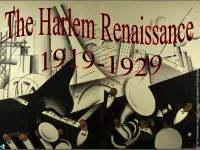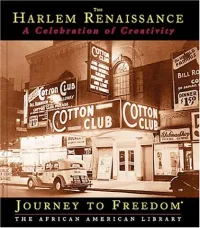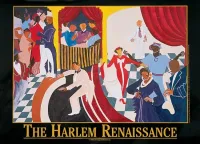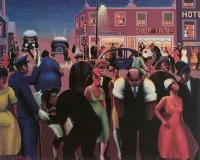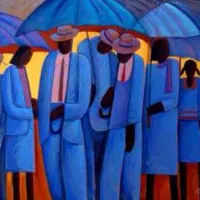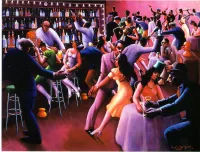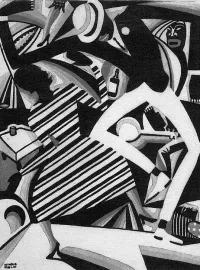-
"An artist must be free to choose what he does, certainly, but he must also never be afraid to do what he might choose."
- writer Langston Hughes
The Harlem Renaissance emerged after World War I when an extraordinary collection of writers, poets, musicians, artists, and socialites converged on Harlem. This Great Migration, caused by disenfranchisement, segregation, and an escalation of lynching and racist violence, had driven countless African Americans to flee the south in search of a new beginning. Many of the artists and performers who became identified with the Harlem Renaissance were bisexual, gay, lesbian, and transgender. Writers, including Countee Cullen, Angelina Weld Grimké, Langston Hughes, Alain Locke, Richard Bruce Nugent and Wallace Thurman, saw themselves for the first time as part of a broad cultural movement to shape the destiny of African Americans. Artists, singers, dancers and musicians like Bessie Smith, Gertrude Ma Rainey, Mabel Hampton, Ethel Waters, and gender-non-conforming Gladys Bentley sought not only to perfect their craft, but also to use it as a means to better race relations and American society. In the process, these talented trailblazers created a multi-faceted American LGBT urban subculture. Popular entertainment ranged from the Cotton Club to “buffet flats” to enormous drag balls at Rockland Palace and the Savoy Ballroom – which accommodated 4000 people. During prohibition, numerous black speakeasies opened in Harlem, attracting gay men and lesbians into a interracial club scene made famous around the world. The Harlem Renaissance went into decline with the onset of the Great Depression, but the explosion of literature, music, and dance marked a revolution in African American life that spread across the country. It would be another half-century before scholars and the general public began to acknowledge the influence of the LGBT people who defined the Harlem Renaissance Era.
Lesson Plan
Demography
Nations Affiliated United States
Era/Epoch Harlem Renaissance (1919-1929) Jazz Age (1910-1940) Roaring Twenties (1920-1929)
Resources
